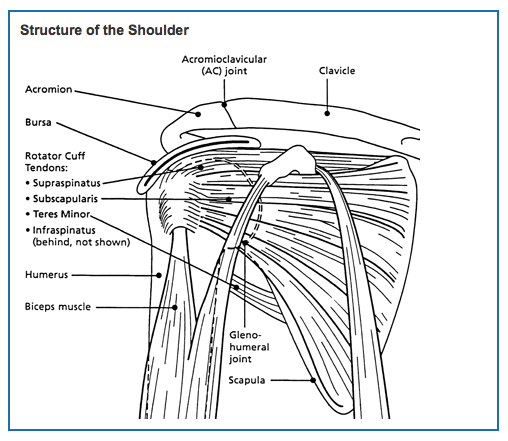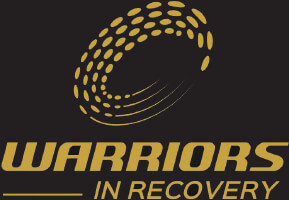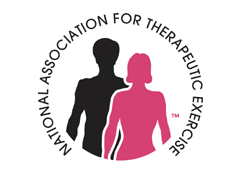According to the Centers for Disease Control and Prevention, nearly 1.2 million people in the United States visited an emergency room in 2010 for shoulder problems. Since it’s the most movable joint in our body, your shoulder is also one of the most potentially unstable joints. As a result, it is the site of many common problems. They include sprains, strains, dislocations, separations, tendinitis, bursitis, torn rotator cuffs, frozen shoulder, fractures, and arthritis.
Let’s Take a look at it’s structure….
…to better understand it helps to begin with an explanation of the shoulder’s structure and how it functions.
The shoulder joint is composed of three bones: the clavicle (collarbone), the scapula (shoulder blade), and the humerus (upper arm bone). Two joints facilitate shoulder movement. These bones of our shoulders articulate to form not one, but four joints. The acromioclavicular (or most commonly referred to as the AC), the glenohumeral joint, commonly called the shoulder ball-and-socket joint), the Sternoclavicular joint (the joint formed between the Sternum and Clavicle, and the Scapulothoracic joint (a pseudo-joint that describes the relationship between the scapula and the posterior thorax). The capsule is a soft tissue envelope that encircles the glenohumeral joint. It is lined by a thin, smooth synovial membrane.
Ok, as I am always telling my clients…” our bones are merely slaves to our muscles.” Meaning that our muscles tell our bones how to move. Our shoulders can flex, extend, abduct, adduct, externally rotate, and internally rotate. While it is often described independently, these movements of our shoulder do not occur in isolation. Rather, each movement of our shoulder is inextricably linked to movements of the other shoulder complex joints and muscles. Therefore, it is important to understand its context in the entire shoulder complex. There is no exact point where one motion begins and another ends.
For example, when you flex your right arm, a small amount of humeral external rotation and abduction will also occur naturally, along with some scapular rotation, sternoclavicular joint elevation, and acromioclavicular joint rotation.
Our shoulder is easily injured because the ball of the upper arm is larger than the shoulder socket that holds it. To remain stable, the shoulder must be anchored by its muscles, tendons, and ligaments in many other areas. So now you know why your shoulder pain may be localized or may be felt in areas around the shoulder or down the arm.
The assessment of shoulder pain depends on the underlying cause. So next time when you ask…”why does my shoulder hurt?” Consider the possible causes. You might experience soreness after activities such as painting, lifting or playing a sport, which require you to lift your arms. Yes, shoulder joint injuries can be head-scratchers. However, proper assessment and movement tests to determine specific pain can narrow it down to specific injury issues.







